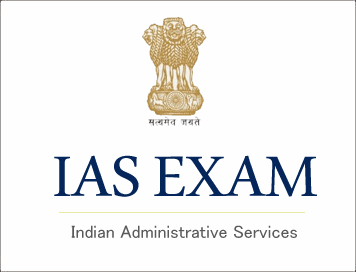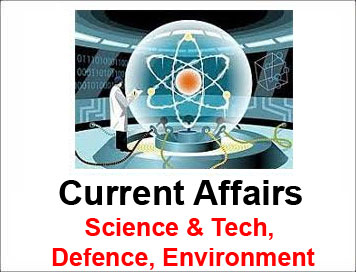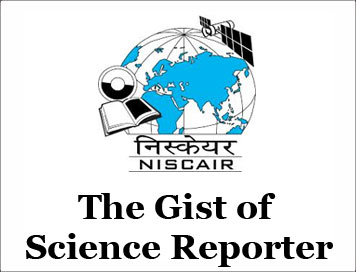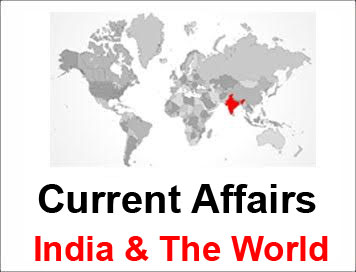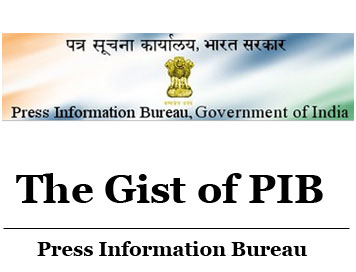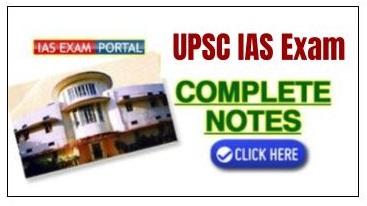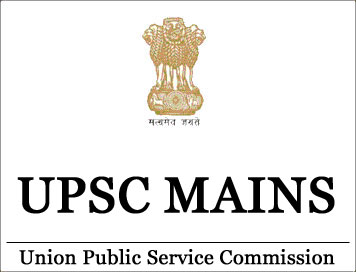
(Exam Paper) UPSC IAS Mains 2011: General Studies
Paper - I
1. Answer any three of the following in about 250 words each: 20×3=60
(a) ‘Essentially all this is contained in Part IV-A of the Constitution is just a codification of tasks integral of the Indian way of life. Critically examine this statement.
(b) ‘The exercise of executive clemency is not a privilege but is based on several principles, and discretion has to be exercised in public considerations.’ Analyse this statement in the context of the judicial powers of the President of India.
(c) Discuss the extent, causes, and implications of the ‘nutrition transition’ said to be underway in India.
(d) Bring out the salient features of the PCPNDT Act, 1994, and the implications of its amendment in 2003.
2. Answer one of the following in about 250 words: 20
(a) Trace the salient sequence of events in the popular revolt that took place in February 1946 in the then ‘Royal Indian Navy’ and bring out its significance in the freedom struggle. Do you agree with the view that the sailors who took part in this revolt were some of the unsung heroes of the freedom struggle?
(b) Evaluate the influence of the three important women’s organizations of the early twentieth century in India on the country’s society and polities. To what extent do you think were the social objectives of these organizations constrained by their political objectives?
3. Answer one of the following in about 250 words: 20
(a) Critically examine the design of the Natural Rural Livelihoods Mission (NRLM) scheme. Do you think it has a better chance of success than the Swarnajayanti Gram Swarojgar Yojana (SGSY) in achieving its objectives?
(b) Highlight the structure, objectives and role of the Advertising Standards Council of India. in what way has the August 2006 government notification made it more effective?
4. Comment on any five of the following in about 150 words each: 12×5=60
(a) Salient recommendations of the RBIappointed Damodaran committee on customer service in Banks
(b) Deendayal Disabled Rehabilitation Scheme (DDRS).
(c) Evolution of ‘Green Benches’ in our higher judiciary.
(d) Distinction between ‘Department Related Parliamentary Standing Committees’ and Parliamentary Forums’.
(e) Benefits and potential drawbacks of ‘cash-transfers’ to ‘Below Poverty Line’ (BPL) households.
(f) New initiatives during the 11th Five Year Plant in the National Programme for Control of Blindness (NPCB).
5. Examine any three of the following in about 150 words each: 12×3=36
(a) The impact of climate change on water resources in India.
(b) Measures taken by the Indian government to combat piracy in the Indian Ocean.
(c) The significance of counterurbanisation in the improvement of metropolitan cities in India.
(d) Problems specific to the denitrified and nomadic tribes in India.
6. In the context of the freedom struggle, write short notes (not exceeding 50 words each) on the following: 5×3=15
(a) ‘Benoy-Badal-Dinesh’ martyrdom
(b) Bharat Naujawan Sabha
(c) ‘Babbar Akali’ movement
7. Comment on the following in not more than 50 words each: 5×6=30
(a) Phase-IV of the tiger monitoring programme in India.
(b) Why the Central Statistic Office has notified a new series of Consumer Price Index from this year?
(c) Composition and functions of the National Executive Communities of the National Disaster Management Authority.
(d) The Bihar Special Courts Act, 2009 and why it has been in the news recently?
(e) The Telecommunications Ministry’s proposed Spectrum Management Commission.
(f) The Community-Led Total Sanitation (CLTS) approach to sanitation.
8. Attempt the following in not more than 50 words each: 5×4=20
(a) Distinguish either between the ‘Moatsu’ and ‘Yemshe’ festivals of Nagaland or the ‘Losar’ and ‘Khan’ festivals of Arunachal Pradesh.
(b) Write a sentence each on any five of the following traditional theater forms.
(i) Bhand Pather
(ii) Swang
(iii) Maach
(iv) Bhaona
(v) Mudiyettu
(vi) Dashavatar.
(c) What are the major different styles of unglazed pottery making in India?
(d) List the classical dance forms of India as per the Sangeet Natak Akademi.
9. Comment on following in not more than 50 words each: 5×5=25
(a) Nisarga-Runa technology of BARC.
(b) The first-aid that you safely administer to a person standing next to you at the bus-stop who suddenly faints.
(c) The Kaveri K-10 aero-engine.
(d) Molecular Breast Imaging (MBI) technology.
(e) E-governance initiatives by the Union Public Service Commission (UPSC).
10. Who are the following and why have they been in the news recently? Each answer should not exceed 20 words) 2×7=14
(a) Lieutenant Navdeep Singh
(b) Rahim Fahimuddin Dangar
(c) Lobsang Sangay
(d) P.R. Sreejesh
(e) Nileema Mishra
(f) V. Tejeswini Bai
(g) Aishwarya Narkar
Paper–II
1. Answer any two of the following in about 250 words each. 20×2=40
(a) List the Central Asian Republics and identify those of particular strategic and economic importance to India. Examine the opportunities and bottlenecks in enhancing relations with these countries.
(b) Critically examine the security and strategic implications of the so-called string of pearls theory for India.
(c) “Compared to the South Asian Free Trade Area (SAFTA), the Bay of Bengal Initiative for Multispectral Technical and Economic Cooperation Free Trade Area (BIMSTEC FTA) seems to be more promising,” Critically evaluates.
2. Answer any three of the following in about 150 words each: 12×3=36
(a) Subsequent to the Number Suppliers’ Group (NSG) waiver in 2008, what are the agreements on nuclear energy that India has signed with different countries?
(b) Trace the progress of India’s efforts for a joint counter-terrorism strategy with China. What are the likely implications of the recent Xinjiang violence on these efforts?
(c) Bring out the importance of the ‘Small and Medium Enterprises Expo and Conference’ held in Dubai last year Indian business.
(d) What are the salient features of the political and economic relationship between India and South Africa?
3. Answer either of the following in about 250 words: 20
(a) “The causes and implications of the Jasmine Revolution and its spread are as much economic in nature as they are political.”Critically evaluate.
(b) In the context of the ‘Euro-zone’ debt crisis, examine the proposed ‘six-pack’ solution. Do you think that this has a better chance of success than the earlier Stability and Growth Pact?
4. Answer any four of the following in about 150 words each: 12×4=48
(a) “As regards the increasing rates of melting of Arctic Sea ice, the interests of the Arctic Council nations may not\ coincide with those of the wider World.” Explain.
(b) It there still a role for the concept of balance of power in contemporary international politics? Discuss.
(c) “Strategic interests seem to be replacing commercial interests for the host country with regard to Cam Ranh Bay.” Amplify.
(d) To what extent has the withdrawal of al-Shabad from Mogadishu given peace a real chance in Somalia? Assess.
(e) On a Formula-one (F-1) racing car track, information to drivers is generally signaled through the standardized use of flags of different colours. Describe the meanings associate with any six of the flags listed below:
(i) White flat
(ii) Black flag
(iii) Yellow flag
(iv) Blue flag
(v) Black and white flag divided diagonally
(vi) Chequered flag
(vii) Yellow and red striped flag
5. Comment on any thirteen of the following in about 50 words each: 5×3=15
(a) International year of Chemistry
(b) The source of e-waste
(c) ‘Designer’ poultry eggs
(d) INSPIRE programme of the Department of Science and Technology
(e) The ‘Kessler syndrome’ with reference to space debris
(f) Omega-3 fatty acids in our food
(g) Difference between ‘spin-drying’ and ‘tumble-drying’ technology with reference to drying of washed clothes
(h) The diminishing population of vultures
(i) ‘Arsenic-bug’ and significance of its discovery
(j) F-22 ‘Raptor’ aircraft
(k) ‘Concentrated’ solar energy and ‘photovoltaic’ solar energy
(l) Analog, hybrid and IP systems in CCTV technology
(m) Various applications of Kevlar
(n) Difference between Compact Disc (CD), Digital Versatile Disc (DVD) and Blu-ray Disc



